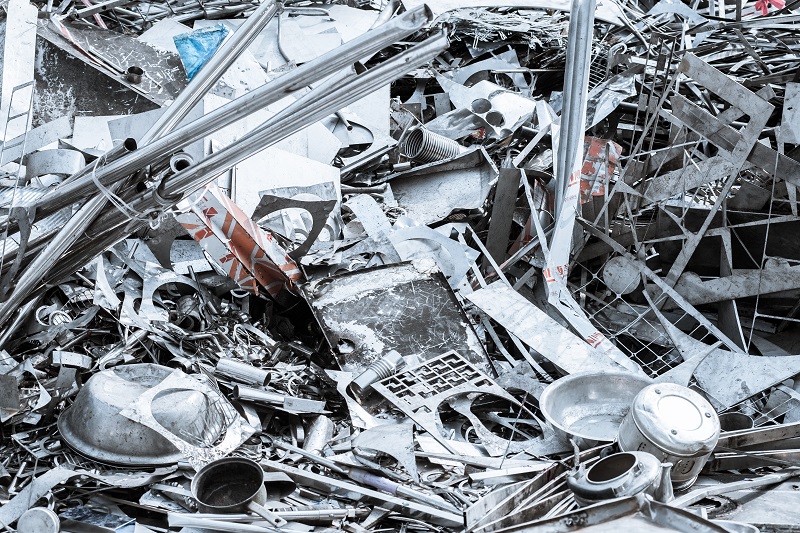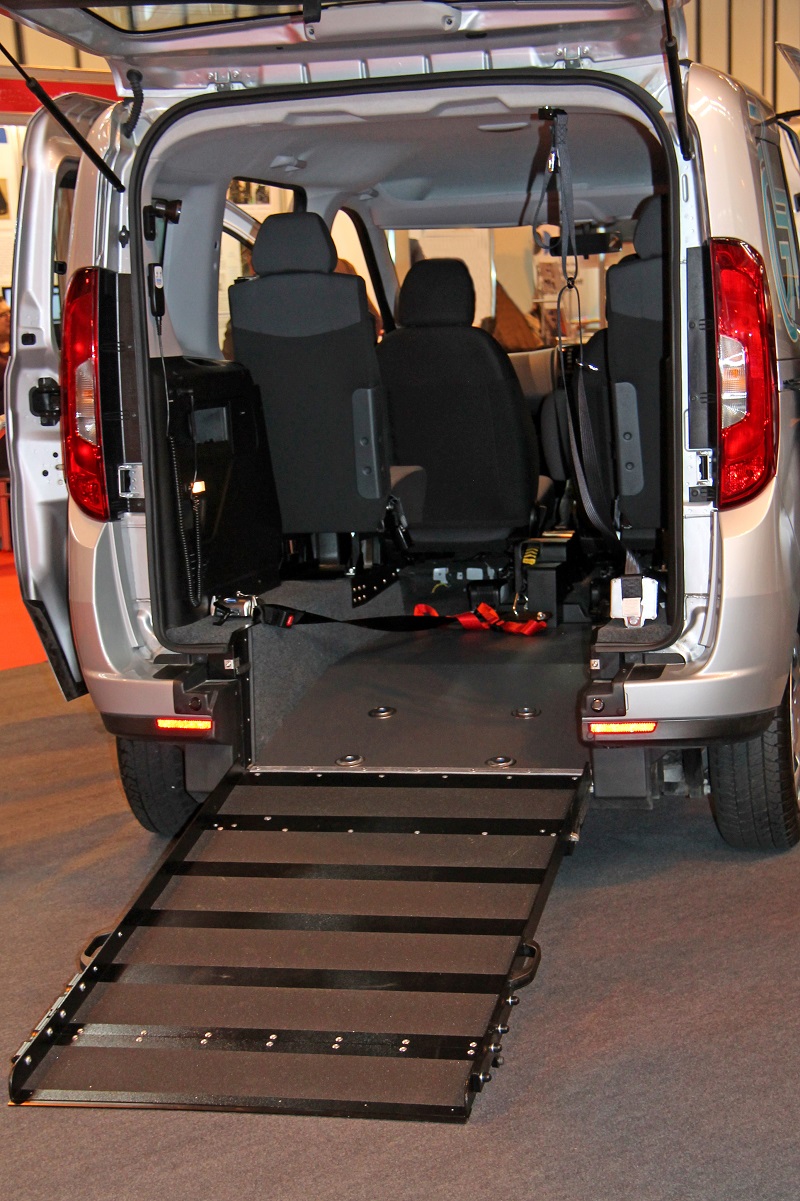Metallic Applications
Metals are essential, versatile and can be used in different objects by various industries and manufacturers. They are mined from the earth and combined into alloys. Heavy machines, tools, appliances, furniture, factories and buildings are unthinkablee without metal recycling. It has become a big necessity as by-products and the scrap are wasteful and harmful.


- The most popular metals and alloys are iron, steel, copper, tin, aluminum, etc., Silver, gold, platinum, etc., are also widely used by jewelers.
- Stainless steel and iron are used in the manufacture of machines, tools, automobiles, and cutlery. Cement and iron get together and housing industry profits from them.
- Aluminum and its alloys are lightweight, yet robust electricity conductors. They are also used in aircraft manufacture, and as confectionery wraps/foils.
- Zinc is used to strengthen and protect iron parts from rusting.
- Copper is used in household electric supply as well as in heaters and utensils.
- Technical innovation makes many products redundant and inefficient. Metal recycling is vital due to its widespread use and health concerns.
Safe and Sound Methods
The customer or end-user sees only the finished products and goods. The manufacturers and workshops handle all the technical operations. Waste products are created even during this production stage. Scrap is collected by the junk dealers from industry, commercial, and consumer markets.
Metal recycling processes are carried out in a series of steps
Collection – Householders and shops mix up paper, metal, glass, and plastic. The junkyard dealers collect them in bulk. These materials are transported to the scrap yards for further processing.
Separation – The metallic components have to be sifted, sorted, and separated. The quality of metal is assessed, and only the recyclable material is transported. Separate collection bins, magnets and conveyor belts are utilized for this purpose.
Processing and Shredding – The material is squeezed and squashed as a part of processing. Longer, larger metal parts become compact and fit for furnace operations. Steel is shredded into fragments, while aluminum is spread out into wide sheets.
Melting and Purification – Large furnaces heat and melt the metallic parts for a few minutes or hours. Impurities are removed to reclaim a high quality raw material.
Solidification – Metal recycling process concludes with cooling and solidification. Chemical treatments, designing, sizing, shaping, etc., ensue afterwards.
Transportation – The recycled metal is not far off from the freshly mined material. The different blocks and metal bars are delivered in the buyer’s market.


Prohibited Practices
Metallic parts are found in a wide variety of objects and machines. These include weapons, tools, electric motors, radiators, storage containers, etc., The consumer and commercial markets depend on metal recycling experts for trash disposal. The junk and old parts become a burden as their reclamation is not an easy task. The scrap dealers are trustworthy as they network with recycling centers.
- Industry, commercial market, and consumers have a huge responsibility. They have to follow environmental protection regulations for everyone’s safety.
- Burning metals, plastics, and other types of scrap in open fields is undesirable. They lead to air pollution and ecological degradation.
- Metal recycling process has to be carried out in a legal and safe manner. An amateur effort in burning junk to reclaim metal is hazardous and prohibited.
- Dumping the scrap in open fields and roadside corners is also illegal. The ecology needs protection, and thus metallic waste should be sent to recycling plants.
- Throwing away the waste metal into streams and lakes leads to water pollution, whereas dumping scrap into larger rivers and oceans can destroy natural habitats.
- Environment and human populations suffer due to prohibited practices. Recycling is healthy, profitable, and efficient.
To conclude, metal recycling prevents environmental degradation and improve the economy.
What do you think?
Advertisement








